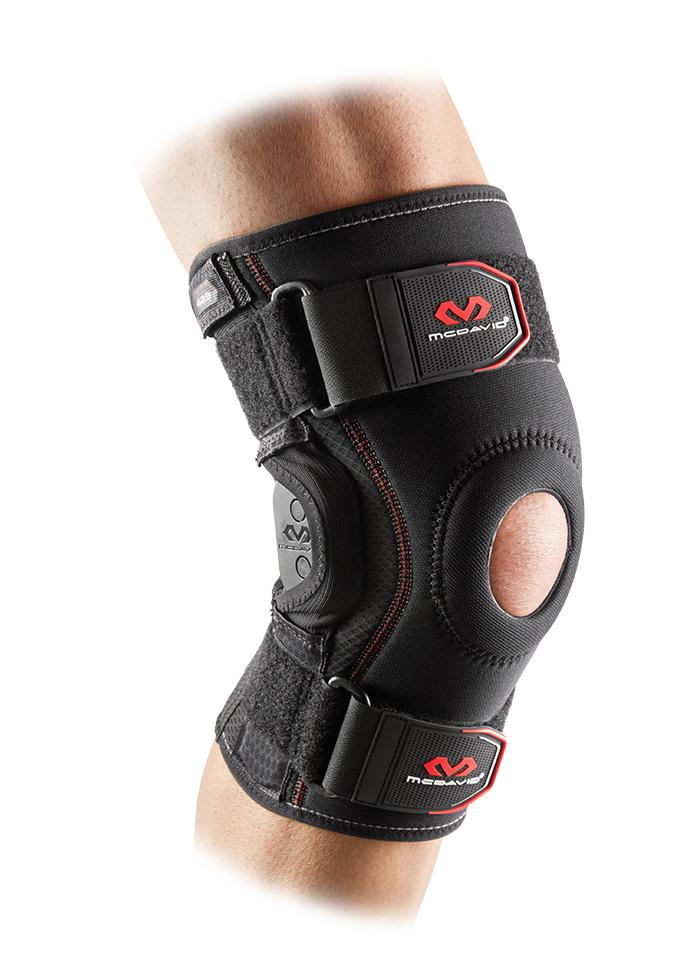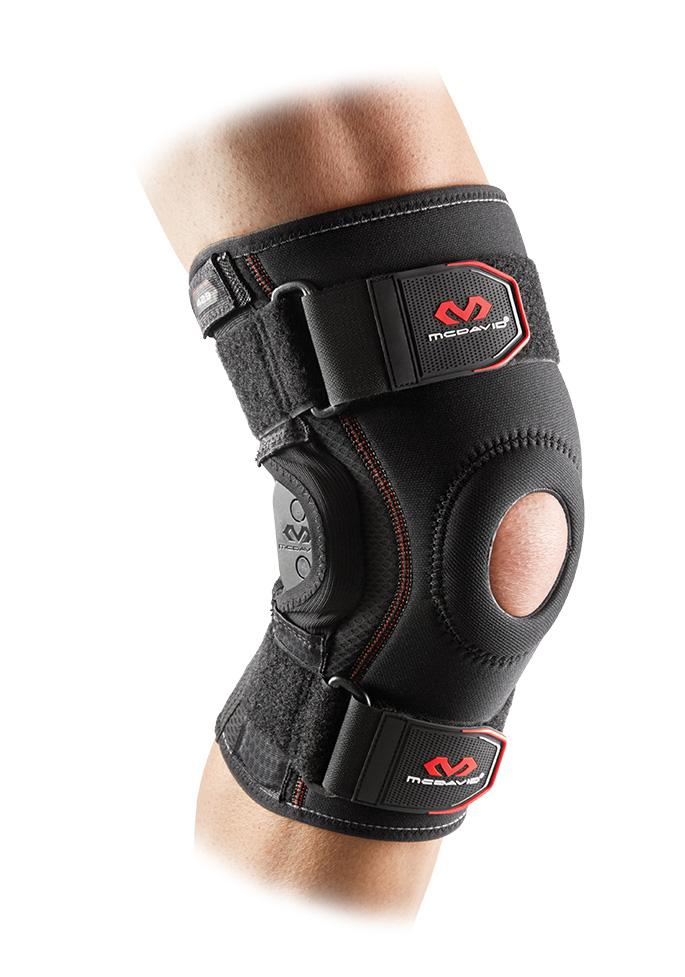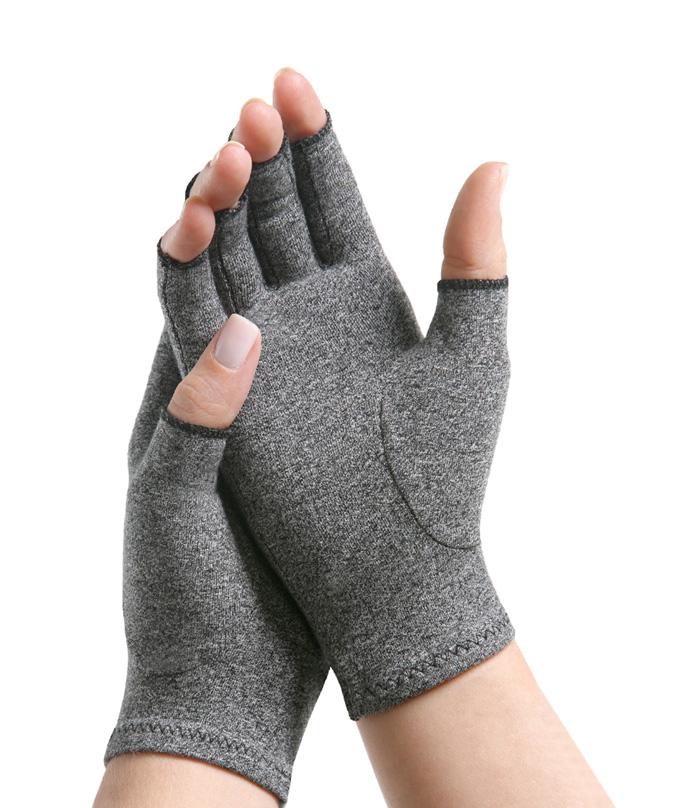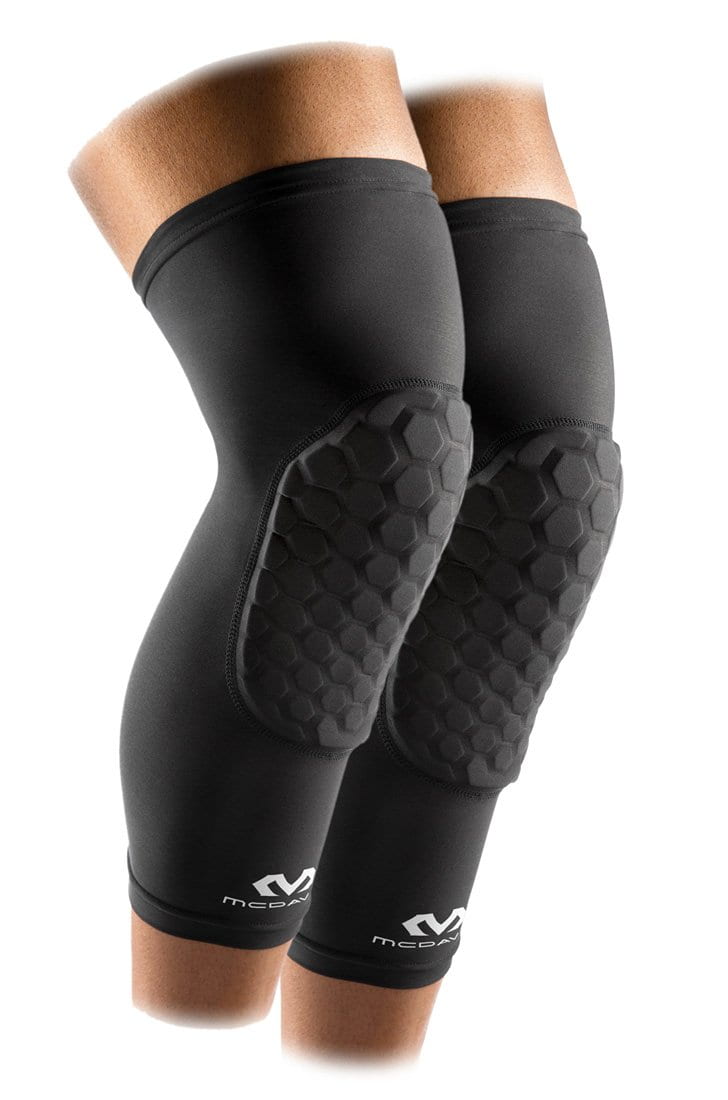What Is Tennis Elbow (Lateral Epicondylitis), Symptoms & Treatment
Medically termed as Lateral Epicondylitis, tennis elbow is one of the most common causes of elbow pain, characterized by discomfort over the outer region of the elbow that may also travel down to the forearm. As the name suggests, tennis elbow is common in tennis players, however it also affects 3 percent of the population involved in work-related activities, particularly those involving the movement of the hand similar to playing tennis and other racquet sports, such as cutting, chopping meat, digging, gardening, driving, plumbing, using a screwdriver and painting.
Tennis elbow is common in both men and women typically within the age group of 30 to 50.
Anatomy
The condition usually kicks off with an inflammation in the extensor tendons of your forearm where they attach the bone in the upper arm called the humerous, right above the elbow joint. The inflammation generally occurs due to excessive gripping activities such as those mentioned above. If such activities are continued despite the symptoms, the condition may progress to become a chronic tendon disorder featuring weakness, pain and tendon degeneration. As the condition progresses, it becomes more difficult to treat.
![]()
Signs and Symptoms Of Tennis Elbow
Diagnosis is done by touching the outermost region of the elbow: the lateral epicondyle. If there is pain upon doing so or if it hurts when the elbow is kept straight or if you flex your hand up and down from your wrist, you may have tennis elbow. Pain worsens with gripping activities and even simple tasks such as turning a doorknob can cause serious pain.
Many people confuse tennis elbow with golfer’s elbow. Note that both conditions are very different even though symptoms and causes may be similar. Unlike tennis elbow, golfer’s elbow is an injury involving the inner side of the elbow, not the outer.
Treatment For Lateral Epicondylitis
Tennis elbow is a severe inflammatory condition that can be treated with a short-course of prescription nonsteroidal anti-inflammatory drugs (NSAIDs). You can also treat symptoms with an anti-inflammatory gel. Some doctors may give you a corticosteroid injection to treat inflammation.
 Your primary approach for tennis elbow should always be treating the affected area with ice packs. Do NOT apply ice directly to the skin as it may result in serious tissue damage. Apply an ice pack for around 10 to 15 minutes on the affected area to alleviate pain.
Your primary approach for tennis elbow should always be treating the affected area with ice packs. Do NOT apply ice directly to the skin as it may result in serious tissue damage. Apply an ice pack for around 10 to 15 minutes on the affected area to alleviate pain.
Next in line is rest. You must ensure that you rest your elbow from activities that may worsen the condition so that you allow symptoms to settle down.
Of course, for most workers and sportspersons, absolute rest can be a huge challenge. Therefore, to shorten the recovery period and alleviate symptoms with some mild activity, an elbow strap such as the The McDavid Tennis Elbow Thermal Strap (486) is recommended.
Once severe pain subsides, you will be instructed to follow a set of exercises under the supervision of a qualified physiotherapist to remedy the condition and prevent it from occurring again once you return to activity.
At times, conservative treatment may be ineffective. This usually occurs in long-term cases, where you have been avoiding symptoms for more than 6 months. With prolonged activity, you also allow the tendons of the extensor muscles to degenerate, thus causing the damage to be incurable. The inflammation can be worsened with prolonged use of NSAIDs and corticosteroid injection. Therefore, avoid pain medication in the case of longstanding tennis elbow conditions. In such cases, where conservative treatment does not help, surgery is the only solution.






Leave a comment